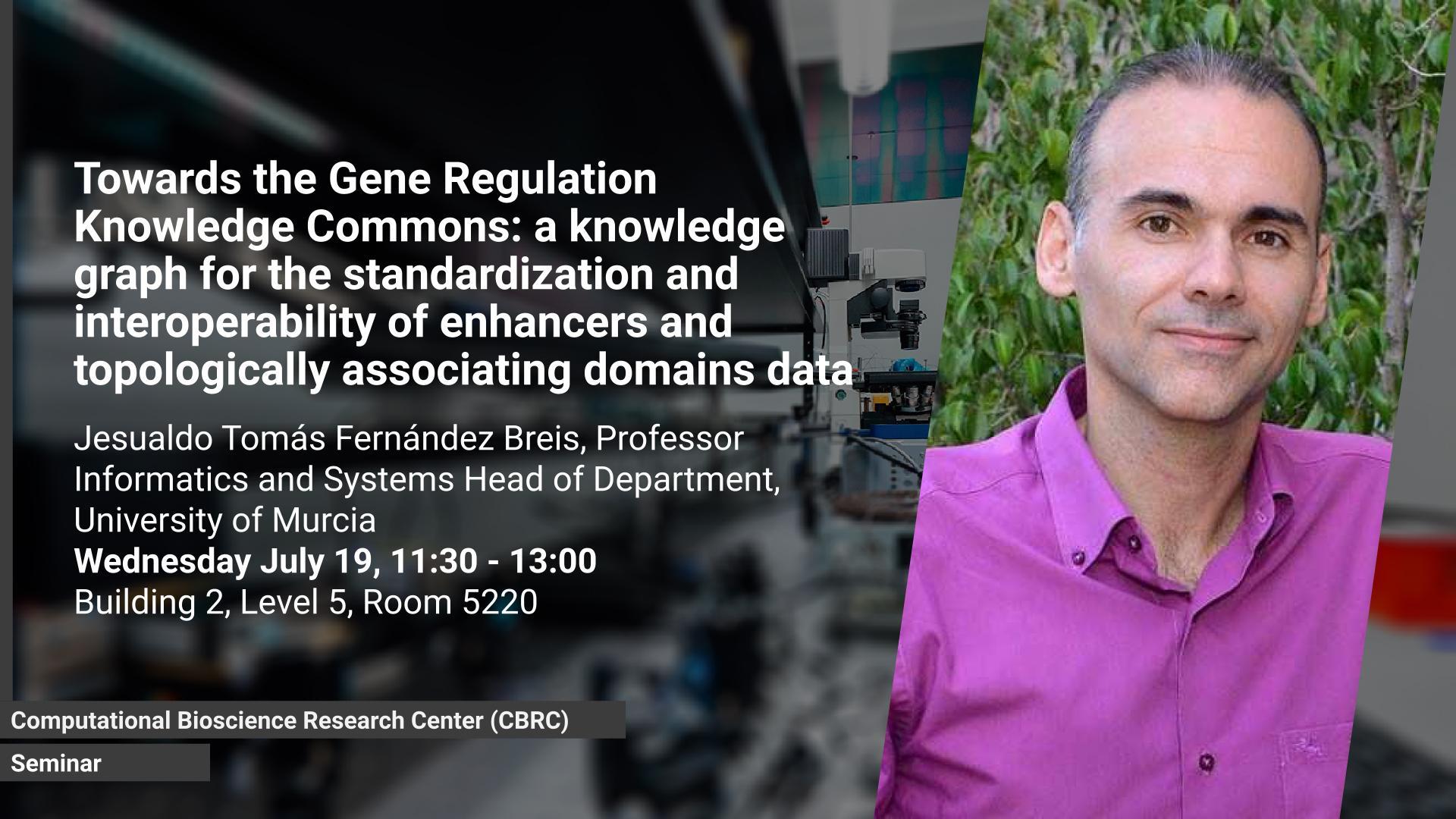Abstract
Knowledge about transcription factor binding and regulation, target genes, cis-regulatory modules and topologically associating domains is not only defined by functional associations like biological processes or diseases, but also has a determinative genome location aspect. Many databases have been developed to provide information about enhancers, but a schema that allows the standardized representation of data, securing interoperability between resources, has been lacking. In this talk, I will describe how we use knowledge graphs for the standardized representation of enhancers and topologically associating domains, together with data about transcription factors, their target genes, their location on the human genome, and functional data about diseases and gene ontology annotations, In addition to this, we exploit these location and functional aspects together to develop new strategies to enable advanced data querying. We used this schema to integrate twenty-five enhancer datasets and two topologically associating domain datasets, creating the most powerful integrative resource in this domain to date. The knowledge graphs have been implemented using the Resource Description Framework and integrated within the BioGateway knowledge network, generating a new resource that contains an interoperable set of knowledge graphs (enhancers, TADs, genes, proteins, diseases, GO terms and interactions between domains). I will illustrate how advanced queries, that combine functional and location restrictions, can be used to develop new hypotheses about functional aspects on gene expression regulation.
Brief Biography
Prof. Jesualdo Tomas Fernandez Breis a Professor in the Department of Informatics and Systems, which he joined in 2003. He has served as Vice Dean of the School of Computer Science at the University of Murcia (Spain) from 2006 to 2010. In 2010, he became Web Coordinator of the University of Murcia. He is currently the Head of the Department of Informatics and Computer Systems, Director of the Master in Bioinformatics of the University of Murcia, and member of the Internal Scientific Committee of the Regional BioHealth Research Institute/Instituto Murciano de Investigación Biosanitaria (IMIB). He is the co-founder of the spin-off LongSeq Applications.
His current research activity is developed in the field of Semantic Web technologies with special focus on Biomedical Semantics. He is a member of The Regional BioHealth Research Institute/Instituto Murciano de Investigación Biosanitaria (IMIB), The International Association for Ontology and its Applications (IAOA), IEEE and International Society for Computational Biology (ISCB).
He received a Bs degree in Computer Science from the University of Murcia in 1997, and a Ms degree in Computer Engineering from the same university in 1999. He obtained a European PhD degree in Computer Engineering in 2003 from the University of Murcia, which was possible thanks to a PhD Scholarship from the Seneca Foundation.
